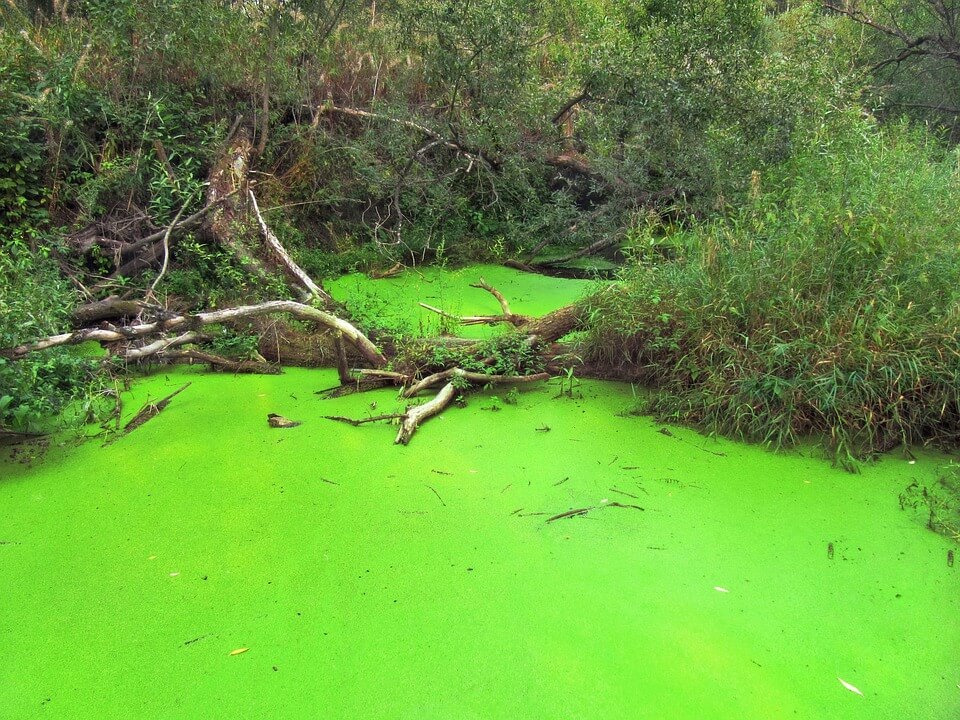So, you’re the proud owner of a beautiful new pond, or perhaps you’ve just moved into some property with a pond already attached, in either case read on for some essential tips to keeping your pond looking its best.
It’s all about balance. What’s important about pond care is keeping the right balance in your pond. Too many plants and algae can choke the life out of a pond, and make it impossible for fish to live in it, too few plants and there won’t be enough oxygen for your pond to thrive.

You can prevent this from happening by ensuring the correct balance is found between plant life and pond surface area. Algae thrive on sunlight, so if your pond catches too much it is possible your pond will suffer from a surge of algae growth. To prevent this, it is wise to cover the surface of your pond in floating plants, such as water lilies – ideally they should cover more than 50% of the surface area of your pond, particularly if your pond is in direct sunlight for most of the day. Another, complementary, solution is to use submerged oxygenating plants. These eat up the carbon dioxide and minerals that the algae need to live, so enough of these can prevent algae from growing in your pond. It also always helps to have a water feature of some kind in your pond, this helps to move the water around and oxygenate your pond.
Plant Care. Thankfully, aquatic plants usually don’t require too much maintenance, however it can be advisable to periodically dive them when they get too overgrown. This is best done in the spring or autumn.
Fish Care. The best thing you can do for your fish is to follow the helpful hints above to ensure that they have a sound environment to live in, as well as of course feeding them correctly. – a general rule is to only feed what your fish can eat in five minutes. There is no need to feed your fish when the water temperature gets too low, say about 4 degrees celsius, as your fish will naturally hibernate. Another big bonus when it comes to fish is that they will eat up many pests such as aphids that might otherwise plague your pond.
Water Drainage. Another common problem with ponds is water drainage. Water can begin to drain from your pond for a variety of reasons, most of which occur at the building stage. The first thing to do is to check if your pond’s edges are level, as this can cause water to drain out. However if your pond is still losing water volume it is best to drain it and inspect the damage. Draining a pond can be time consuming, you’ll have to ensure fish and plants are kept safe in tanks while you drain the water and will need an electric pump for the job, this can be either bought or hired.
Don’t forget to check out our pond care in winter guide for the autumnal and winter months.
 Charlie works in the Primrose marketing team, mainly on online marketing.
Charlie works in the Primrose marketing team, mainly on online marketing.
When not writing for the Primrose Blog, Charlie likes nothing more than a good book and a cool cider.
To see the rest of Charlie’s posts, click here.